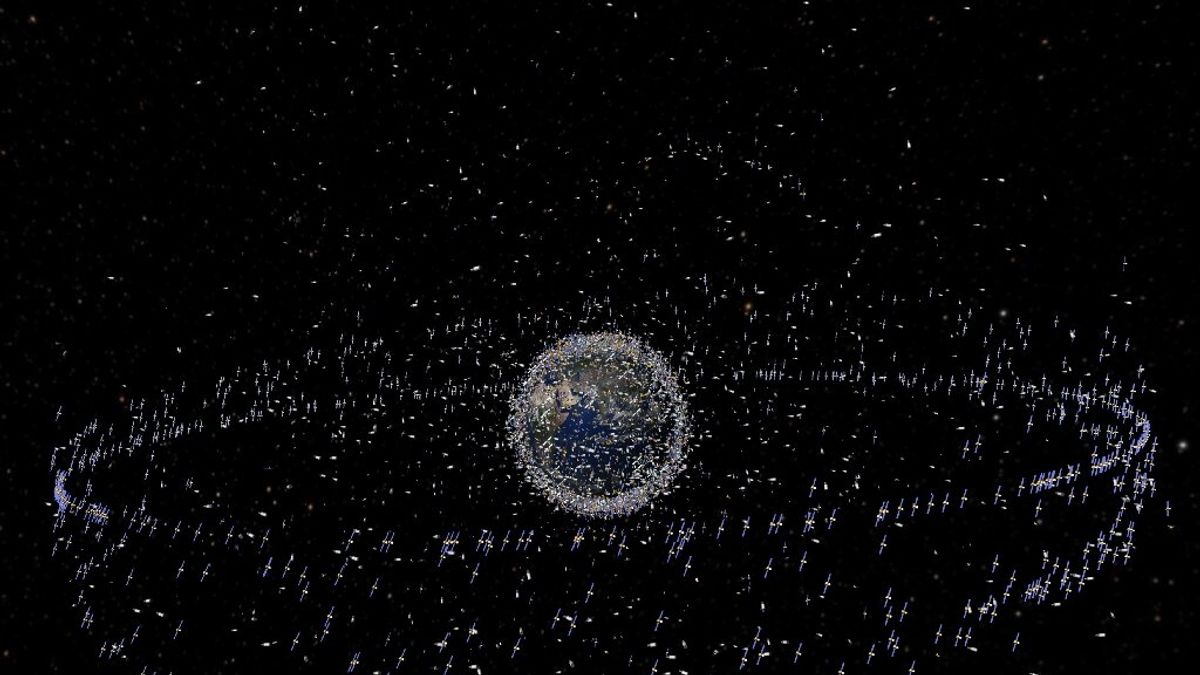As I gaze up at the night sky, a celestial canvas that has inspired generations of dreamers and stargazers, I can’t help but feel a sense of loss. The stars, once sharp and brilliant, now twinkle amidst a sea of artificial light. This is not the work of nature, but rather the consequence of human ambition and the unchecked proliferation of satellites in Low Earth Orbit (LEO).
The Age of Satellite Constellations
In the past decade, the satellite industry has experienced unprecedented growth, particularly in the realm of LEO satellites. Companies like SpaceX, Amazon, and OneWeb are launching constellations of thousands of satellites to provide global internet connectivity. As of February 12, 2024, there are over 12,000 operational satellites orbiting the Earth, a number that is projected to triple in the next five years.
While this technological leap promises to bridge the digital divide and bring high-speed internet to remote corners of the world, it comes at a steep cost. The increasing orbital traffic has significant implications for both astronomy and light pollution.
Interference with Astronomy
“We’re losing data; we’re losing science,” laments Dr. John O’Meara, chief scientist at the W. M. Keck Observatory in Hawaii. The reflective solar panels and bright structures of these satellites are causing interference with both casual stargazing and professional astronomy.
Ground-based telescopes, such as the Canada-France-Hawaii Telescope and the Atacama Large Millimeter/submillimeter Array, are reporting lost data and compromised research due to the growing number of satellites marring their photographic captures. Even space-based telescopes, like the Hubble Space Telescope and the upcoming James Webb Space Telescope, are not immune to this issue.
Light Pollution and the Disappearing Night Sky
Beyond the world of professional astronomy, the proliferation of satellites is contributing to light pollution, affecting the aesthetic value of the night sky. As these objects reflect sunlight, they create a pseudo-starfield that washes out the natural beauty of the cosmos.
“The night sky is our shared heritage,” says Dr. Sarah Willner, an astrophysicist at the Max Planck Institute for Extraterrestrial Physics. “We risk losing that connection to the universe if we allow unchecked satellite growth to continue.”
The situation is dire, but it’s not without hope. There is an urgent need for regulations and solutions to mitigate these issues. Some suggestions include darkening satellite surfaces, adjusting their orbits, and implementing strict guidelines for the deployment and deorbiting of satellites.
As we stand on the precipice of a new era in space exploration and utilization, it’s crucial that we find a balance between technological advancement and environmental stewardship. The future of astronomy, the night sky, and potentially even space travel depends on it.
The 1967 Outer Space Treaty emphasized avoiding harmful contamination of space and celestial bodies. It’s time we revisit those principles and apply them to the modern age of satellite constellations. After all, the stars have been our guides throughout history; let’s ensure they continue to shine for generations to come.

Shambhu Kumar is a science communicator, making complex scientific topics accessible to all. His articles explore breakthroughs in various scientific disciplines, from space exploration to cutting-edge research.


